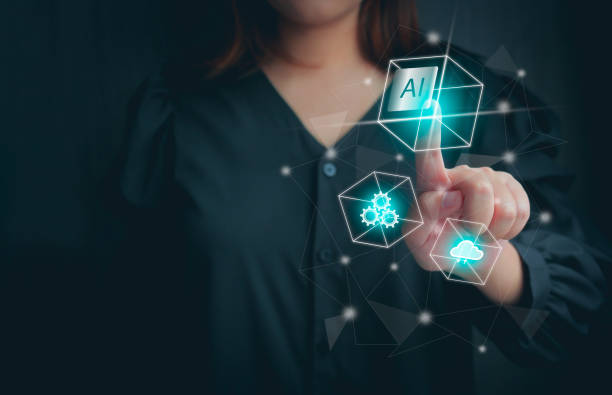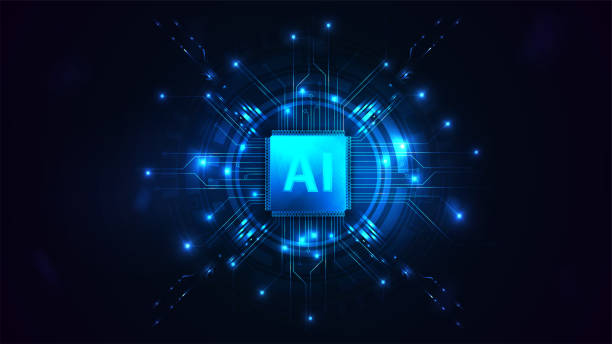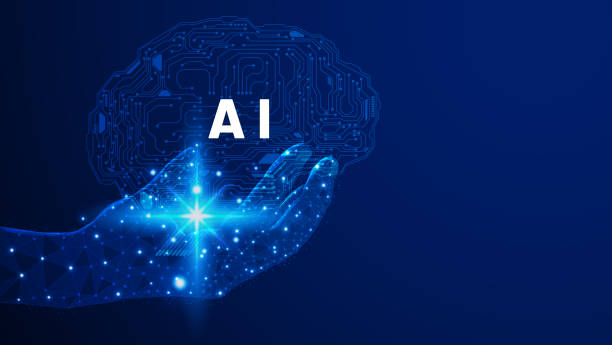What is an AI Robot and How Does it Work?
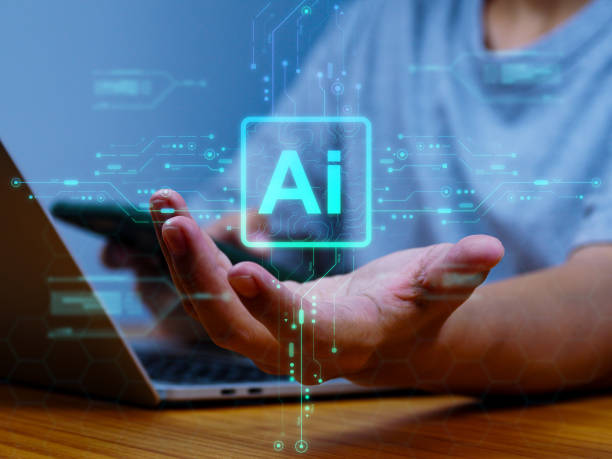
An #AI_Robot (Artificial Intelligence Robot) is a combination of two distinct fields of technology: robotics and artificial intelligence.
Robotics deals with the construction and design of physical machines capable of performing automated tasks.
On the other hand, artificial intelligence is dedicated to developing computer systems that can perform tasks that typically require human intelligence, such as learning, reasoning, and problem-solving.
Artificial intelligence is the mastermind of these robots.
It enables them to perceive their surroundings, learn from their experiences, and make decisions that lead to the completion of assigned tasks.
#Complex_algorithms analyze input data and produce appropriate output.
The performance of an AI robot depends on the quality and quantity of its training data.
The more data the robot is provided with, the better its performance will be in various tasks.
These robots have wide-ranging applications in various industries, including manufacturing, healthcare, logistics, and customer service.
An AI robot is not just an automated machine; it is an intelligent system that can interact with its surroundings and operate autonomously.
An AI robot is in fact a bridge between the physical and digital worlds, providing new possibilities for solving problems and improving human lives.
Falling behind large online stores?
Rasaweb, with professional e-commerce website design, brings your business online and increases your market share!
✅ Increase brand credibility and customer trust
✅ Easy shopping experience leads to more sales
⚡ Act now to get a free website design consultation!
Main Components of an AI Robot
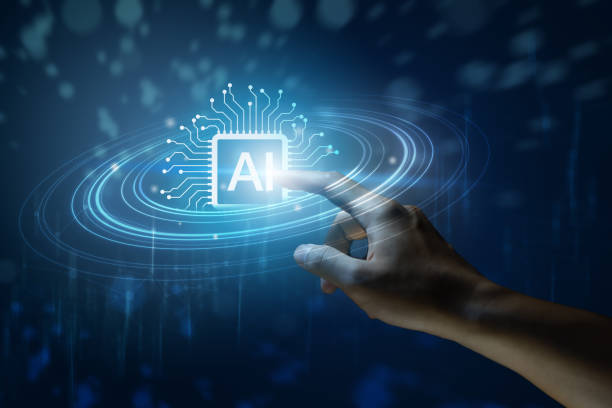
An AI robot typically consists of three main parts: sensors, processors, and actuators.
Sensors collect information from the environment.
This information can include images, sounds, temperature, pressure, and other relevant data.
Processors process the information collected by sensors and decide what action should be taken.
This processing is usually done using machine learning algorithms and other artificial intelligence techniques.
Actuators are responsible for performing physical actions.
These actions can include movement, grasping objects, speaking, and other related tasks.
An AI robot can perform complex tasks automatically using these three main parts.
Robot software plays a vital role in the performance of an AI robot.
This software includes machine learning algorithms, neural networks, and other artificial intelligence techniques that enable the robot to learn from data, recognize patterns, and make intelligent decisions.
An AI robot is constantly learning and improving its performance.
Amazing Applications of AI Robots in Various Industries
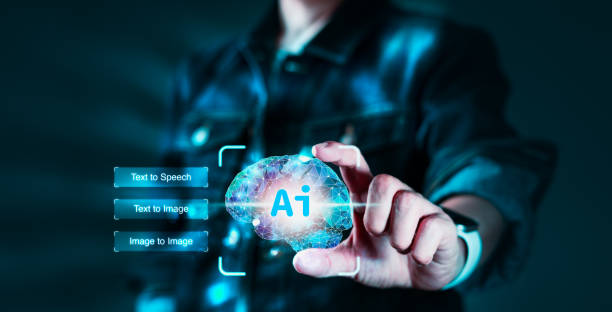
AI robots have wide-ranging applications in various industries.
In the manufacturing industry, robots can be used for repetitive and dangerous tasks.
In the healthcare industry, robots can assist surgeons in complex operations and help patients in rehabilitation.
In the logistics industry, robots can be used for transporting goods and managing warehouses.
In the customer service industry, robots can answer customer questions and solve their problems.
AI robots are revolutionizing various industries and offering new possibilities for increasing productivity, reducing costs, and improving service quality.
The table below lists some common applications of AI robots in various industries:
| Industry | Applications |
|---|---|
| Manufacturing | Automation of production lines, quality inspection, packaging |
| Healthcare | Robotic surgery, rehabilitation, nursing, pharmacy |
| Logistics | Goods transportation, warehouse management, parcel delivery |
| Customer Service | Answering questions, problem-solving, technical support |
| Agriculture | Planting, cultivating, and harvesting crops, smart spraying |
Advantages and Disadvantages of Using AI Robots
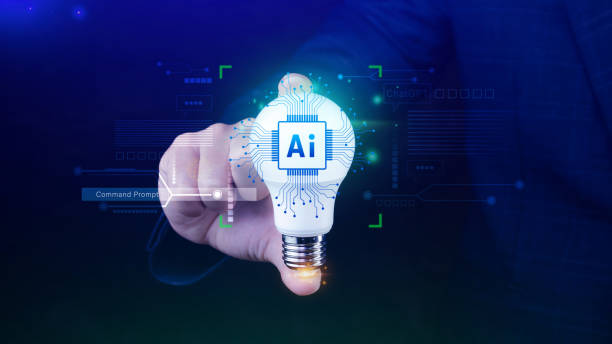
The use of AI robots has many advantages.
Robots can perform tasks with greater speed and accuracy than humans.
They can work 24/7 without interruption and operate in dangerous and difficult conditions.
An AI robot can reduce production costs and increase productivity.
However, the use of robots also has disadvantages.
Robots can lead to the loss of human jobs.
Also, the cost of purchasing and maintaining robots can be high.
Furthermore, robots may make mistakes in some situations and cause problems.
AI robots are still in the early stages of development and require further improvements.
In general, the use of AI robots should be done considering its advantages and disadvantages.
Efforts should be made to fully utilize the benefits of robots and minimize their drawbacks.
AI robots can play an important role in economic and social development, but they must be used responsibly and with ethical considerations.
Artificial Intelligence is currently both an opportunity and a challenge for human society.
Do your e-commerce website visitors leave before purchasing? Don’t worry anymore! With Rasaweb’s professional e-commerce website design services, solve the problem of not converting visitors into customers forever!
✅ Significant increase in conversion rates and sales
✅ Unique and engaging user experience
⚡ Contact us now for a free consultation!
What will be the Future of AI Robots?
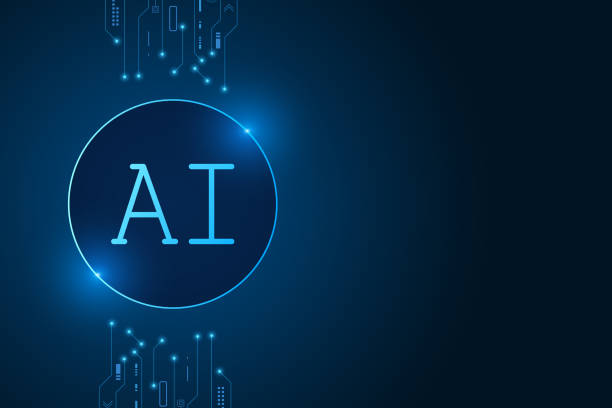
The future of AI robots is very bright.
With technological advancements, robots will become smarter, more capable, and cheaper.
They will be able to perform more complex tasks and play a more prominent role in various industries.
Robots will become an integral part of our daily lives and will be present in homes, workplaces, and public spaces.
An AI robot can help us with daily tasks, educate us, care for us, and interact with us.
However, the development of AI robots will also bring challenges.
Ethical issues related to the use of robots must be addressed, and it must be ensured that robots act for the benefit of humanity.
Also, security issues related to robots must be considered, and their misuse must be prevented.
AI robots must be developed responsibly and with ethical and security considerations.
AI robots offer countless opportunities to improve human lives, but they must be used carefully and cautiously.
How to Design and Develop an AI Robot?

Designing and developing an AI robot is a complex and multi-stage process.
This process typically includes the following stages: requirements definition, hardware design, software design, implementation, testing, and evaluation.
In the requirements definition stage, it must be determined what tasks the robot should perform and what features it should have.
In the hardware design stage, the physical components of the robot, such as sensors, processors, and actuators, must be selected and designed.
In the software design stage, AI algorithms and robot control software must be designed and implemented.
In the implementation stage, the hardware and software components of the robot are combined, and the robot is built.
In the testing and evaluation stage, the robot’s performance is tested, and potential problems are resolved.
The AI robot will be ready for use after these stages are completed.
An AI robot development team typically includes specialists in robotics, artificial intelligence, electrical engineering, and computer science.
This team must work together to design and develop a robot that can meet the desired requirements.
AI robot development requires high knowledge and expertise.
Ethics and Responsibility in Using AI Robots

The use of AI robots raises important ethical and responsibility issues.
These issues must be addressed, and it must be ensured that robots act for the benefit of humanity.
One of the important ethical issues is the problem of human job displacement.
With the widespread use of robots, many human jobs may be lost.
Solutions must be found to address this problem, such as retraining the workforce for new jobs and creating new employment opportunities.
Another issue is discrimination.
If AI algorithms are trained unfairly, they may lead to discrimination.
Efforts must be made to train AI algorithms fairly and prevent discrimination.
AI robots must be used responsibly and with ethical considerations.
The table below highlights some ethical issues related to the use of AI robots:
| Ethical Issue | Explanation |
|---|---|
| Loss of human jobs | The widespread use of robots may lead to the loss of many human jobs. |
| Discrimination | AI algorithms may cause discrimination if trained unfairly. |
| Privacy | Robots may collect personal information and violate individuals’ privacy. |
| Security | Robots may be hacked and used for malicious purposes. |
| Responsibility | In case of a robot error, who will be responsible? |
Machine Learning and Its Role in Making Robots Smart

Machine Learning is a subfield of artificial intelligence that enables computer systems to learn from data and improve their performance without explicit programming.
In the field of AI robots, machine learning plays a very important role in making robots intelligent.
By using machine learning algorithms, robots can identify patterns in data, learn from their experiences, and make intelligent decisions.
An AI robot can perform more complex tasks and interact more effectively with its environment using machine learning.
Machine learning enables AI robots to automatically adapt to new conditions and improve their performance over time.
This makes robots more flexible and adaptable, allowing them to operate more effectively in dynamic and unpredictable environments.
An AI robot, by using machine learning, can become a powerful tool for solving various problems.
Are you tired of your e-commerce website having visitors but no sales? Rasaweb solves your main problem with professional e-commerce website design!
✅ Significant increase in sales with targeted design
✅ Flawless user experience for your customers
⚡ Get a free consultation!
The Difference Between Traditional Robots and AI Robots
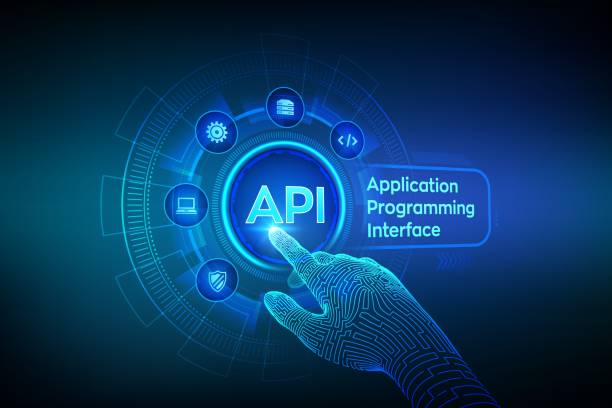
Traditional robots are usually pre-programmed to perform a specific set of tasks.
They cannot learn from their experiences and cannot make intelligent decisions.
Their performance depends on the precise programming done for them.
In contrast, AI robots can learn from data, identify patterns, and make intelligent decisions.
They can adapt to new conditions and improve their performance over time.
An AI robot is more flexible and adaptable than traditional robots.
An AI robot, by using artificial intelligence, is capable of performing tasks that traditional robots cannot.
These tasks can include facial recognition, natural language processing, autonomous navigation, and solving complex problems.
An AI robot is a new generation of robots that provides new possibilities for solving various problems.
Challenges Facing the Development of AI Robots

The development of AI robots faces numerous challenges.
One of the main challenges is the scarcity of high-quality training data.
Machine learning algorithms require a large amount of data to be effectively trained.
If training data is incomplete or inaccurate, the robot’s performance may be poor.
Another challenge is the issue of generalization.
A robot trained for a specific environment may not be able to operate effectively in other environments.
Efforts must be made to design robots that can operate effectively in various environments.
AI robots also face ethical and security challenges.
The high cost of developing and maintaining AI robots is also one of the challenges facing this technology.
Developing AI robots requires significant investment in research and development.
Also, maintaining and repairing robots can be costly.
Despite these challenges, AI robots have immense potential to improve human lives.
Frequently Asked Questions
| Question | Answer |
|---|---|
| What is an AI robot? | An AI Robot is a machine capable of perceiving its environment, reasoning, learning, and making decisions to perform tasks autonomously. |
| What is the difference between ordinary robots and AI robots? | Ordinary robots perform repetitive tasks based on prior programming, while AI robots can learn from experience, interact dynamically with the environment, and even behave in ways that resemble human intelligence. |
| What are the main applications of AI robots? | They are used in industries (manufacturing, assembly), medicine (surgery, diagnosis), services (customer support, domestic), exploration (space, underwater), and many other fields. |
| What technologies are used in building AI robots? | Machine Learning, Computer Vision, Natural Language Processing, Deep Learning, and Robotics are among the key technologies. |
| Can AI robots have emotions? | Currently, robots do not have emotions in the human sense. They can identify and react to emotions, but they do not experience emotions themselves. |
| What are the main challenges in developing AI robots? | Safety, reliability, ethics, autonomy, adaptability to complex environments, and natural human interaction are important challenges. |
| How are AI robots trained? | They are usually trained using large amounts of data, machine learning, and deep learning algorithms to identify patterns and make decisions. |
| Examples of AI robots in daily life? | Smart robotic vacuum cleaners, customer support chatbots, self-driving cars, and surgical robots in hospitals. |
| Are AI robots a threat to human jobs? | Some repetitive jobs may be automated, but at the same time, robots can increase productivity and create new jobs in the development, maintenance, and supervision of these systems. |
| How is the future of AI robots predicted? | They are expected to become smarter, more autonomous, and capable of performing more complex tasks, and to interact more closely with humans in various environments. |
And other services of Rasaweb Advertising Agency in the field of advertising
- Smart Website Development: A combination of creativity and technology for campaign management through SEO-driven content strategy.
- Smart Conversion Rate Optimization: Designed for businesses seeking online growth through the use of real data.
- Smart Advertising Campaign: An innovative service for increasing website traffic through Google Ads management.
- Smart Google Ads: Revolutionize campaign management with the help of SEO-driven content strategy.
- Smart Marketing Automation: A creative platform to improve campaign management by optimizing key pages.
And hundreds of other services in the field of internet advertising, advertising consultation, and organizational solutions
Internet Advertising | Advertising Strategy | Advertorials
Sources
Familiarity with types of AI robotsApplications of Artificial Intelligence in RoboticsThe future of intelligent robots and their challengesGuide to building a simple AI robot
? For the growth and flourishing of your business in the digital world, Rasaweb Afarin is with you. With our comprehensive services including responsive website design, professional SEO, and content marketing, we pave your path to success.
📍 Tehran, Mirdamad Street, next to Bank Markazi, Southern Kazeroon Alley, Ramin Alley, No. 6

